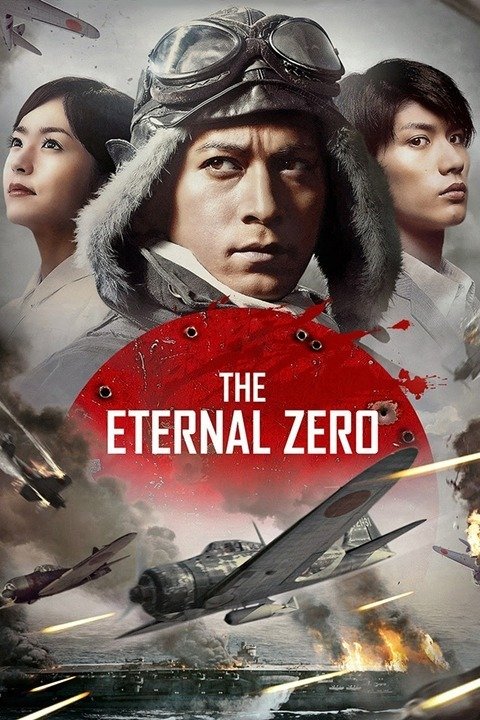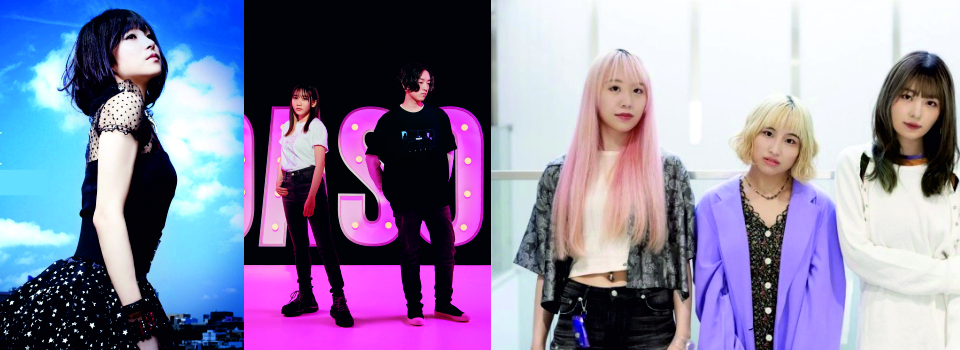
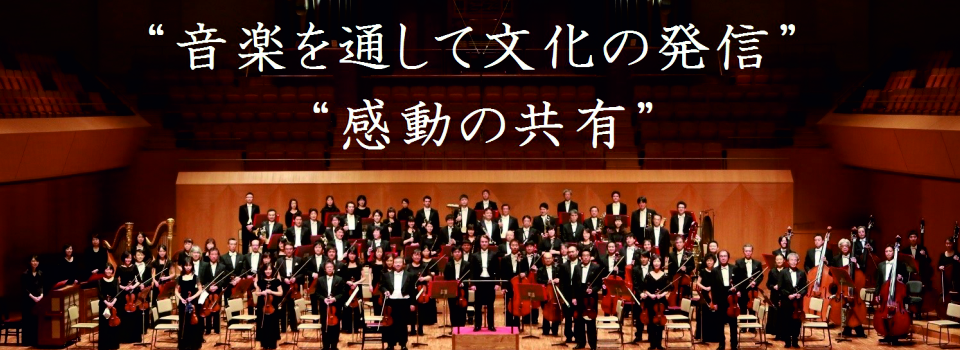
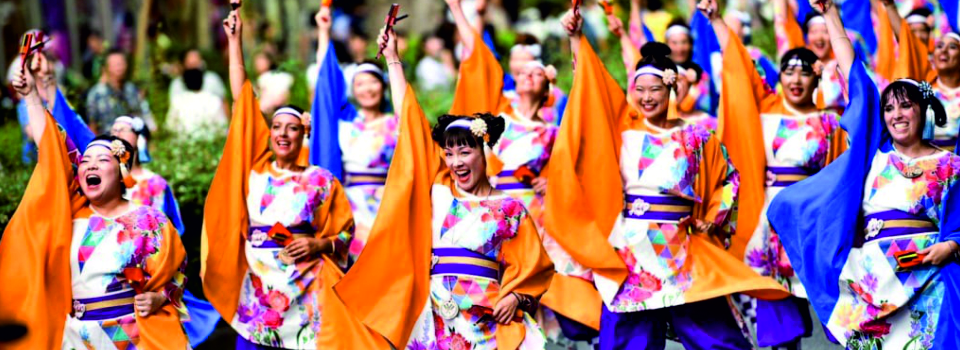

- your gateway to a getaway -

GourmetPro is a company based in Japan dedicated to help the food and beverage industry grow internationally. Our experts combine more than 20 years of immersion and achievements in the Digital Innovation field and the Food & Beverage market in Japan.

Japan Airlines customers travelling on Vistara will enjoy complimentary meals and will be able to choose between three different cabins, including India’s only Premium Economy class. Japan Airlines Mileage Bank members can also earn miles when booking on ‘JL’ coded Vistara flights.

With The Okura Tokyo as its flagship, Okura Hotels & Resorts (OHR) is a hotel group with a presence in Japan and around the world. Its facilities mix Japanese traditional beauty and Western functionality, and OHR provides goods and services that strive to offer meticulous Japanese hospitality.

In Japan, music includes a wide array of distinct genres, both traditional and modern. The word for "music" in Japanese is 音楽 (ongaku), combining the kanji 音 on (sound) with the kanji 楽 gaku (music, comfort). Japan is the world's largest market for music on physical media[citation needed] and the second-largest overall music market, with a retail value of US$2.7 billion in 2017.

Anime (Japanese: アニメ) is a Japanese term for animation. However, in Japan and in Japanese, anime (a term derived from a shortening of the English word animation) describes all animated works, regardless of style or origin. Animation produced outside of Japan with similar style to Japanese animation is commonly referred to as anime-influenced animation.

The cinema of Japan (日本映画, Nihon eiga) has a history that spans more than 100 years. Japan has one of the oldest and largest film industries in the world; as of 2021, it was the fourth largest by number of feature films produced. In 2011 Japan produced 411 feature films that earned 54.9% of a box office total of US$2.338 billion. Films have been produced in Japan since 1897, when the first foreign cameramen arrived.
Since the 2010s anime has become a global multibillion industry setting a sales record in 2017 of ¥2.15 trillion ($19.8 billion), driven largely by demand from overseas audiences. In 2019, Japan's anime industry was valued at $24 billion a year with 48% of that revenue coming from overseas (which is now its largest industry sector). By 2025 the anime industry is expected to reach a value of $30 billion with over 60% of that revenue to come from overseas.
Crossroad / クロスロード。
Your Name / 君の名は。
The Garden of Words / 言の葉の庭。
Weathering with You / 天気の子。

In the west, we associate anime with Japan and – almost – Japan with
anime. It’s a massive part of their cultural industry – and is
perhaps the country’s third-largest industry. This makes it,
obviously, pretty mega, bringing in nearly twenty billion dollars a
year.
Yet, the success of anime across the world is one of the most
amazing things about this genre. Apparently, sixty percent of all
animated television shows across the world come from Japan. The
anime industry in China is absolutely huge, whilst, in the west,
various channels and services distributing anime have made it ever
more popular.
Over the years, channels like Cartoon Network – with Adult Swim and
Toonami – and now anime streaming sites such as Crunchyroll and
Funimation have brought this medium to an ever-growing audience.
These days, over one hundred thousand people attend America’s annual
anime convention.
Yet, so the history goes, Japanese anime was originally marketed
incredibly aggressively to a global audience – precisely because
there weren’t enough anime fans in Japan.
But, now, anime is pretty much everywhere in that country. In 2014,
2015, and 2016, six of the ten highest-grossing movies were anime,
whilst Spirited Away remains the biggest-selling film in Japan.
Seventy percent of Japanese DVD sales are also anime.
Anime is visible everywhere. In adverts, in branding for water and
snacks, on trains, school buses, and in airports. It has become a
ubiquitous cultural force that has come to define the country
itself.
Yet, it goes without saying that not everyone likes it. And, even in
the world of anime, many people are concerned about the
commercialisation of the form. With every successful anime
undergoing adaptation into a light novel, a live action film, video
games, merchandise, music, and manga, the industry is sort of all
encompassing.
In the same way that Disney makes a lot of the products that it
sells alongside the films themselves – there is a Pokémon theme park
just as there is a Disneyland – anime does the same.
And I’m sure you’ll agree that not everyone likes Disney.


To identify a best anime, or even a most popular anime series, is a
difficult task. This is because there are anime for young girls
(known as shoujo anime), anime for teenage guys (shounen anime), and
animes also for adults.
This is the key to the success of the anime industry in Japan. But
it also warns against treating anime like a monolithic thing.
However, some anime are easy to point at and identify as extremely
popular. Take the films of Studio Ghibli – Princess Mononoke and
Spirited Away – which each in turn was the highest-grossing anime
film ever. Until Spirited Away came out in China in 2019, Your Name,
of 2016, was the biggest-selling anime film in Japan. So, this could
be said to be pretty popular too.
Makoto Shinkai is a Japanese
director, writer, producer, animator, editor, cinematographer, voice
actor, manga artist and former graphic designer.
Shinkai studied Japanese literature at Chuo University where he was
a member of juvenile literature club where he drew picture books. In
1999, Shinkai released She and Her Cat, a five-minute short piece
done in monochrome.
His best knows films are The Place Promised in Our Early Days
(2004), 5 Centimeters Per Second (2007), Children Who Chase Lost
Voices (2011), The Garden of Words (2013), and Your Name (2016).
His favorite anime is Castle in the Sky (1986) by Hayao Miyazaki.
Even with its massive modern following, the uninitiated may be
asking, what is cosplay exactly? Cosplay is the – now immensely
popular – activity of wearing self-made costumes to represent
beloved characters from various canon and fiction. Movies, TV shows,
comic books, video games, manga, anime and more are all sources of
inspiration for people that cosplay.
The term cosplay itself, a contraction of costume and play, is
typically credited to Nobuyuki Takahashi when he used the phrase in
magazines back in 1984. Previously, the phrase ‘costuming’ was
commonly used for the activity, since it has been around for at
least 75 years at this point. It is believed that the history of
cosplay started in the USA with several annual masquerade balls held
at the science fiction themed Worldcon. It was at Worldcon in 1984,
that Nobuyuki Takahashi was said to have first come across the
concept and go on to coin the phrase ‘cosplay’.
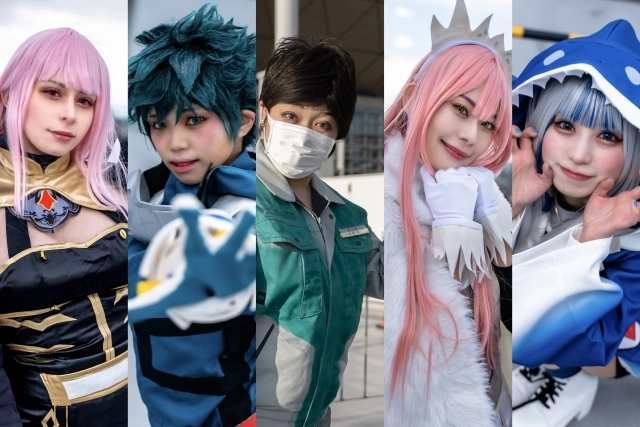
Japanese cinema has always refused to embrace the values of Hollywood. In so doing, it has produced some of the world's most aesthetic and powerful films.
Kaguya Sama Love is War / かぐや様は告らせたい ~天才たちの恋愛頭脳戦~。
Ribbon / 劇場予告篇 英語字幕。
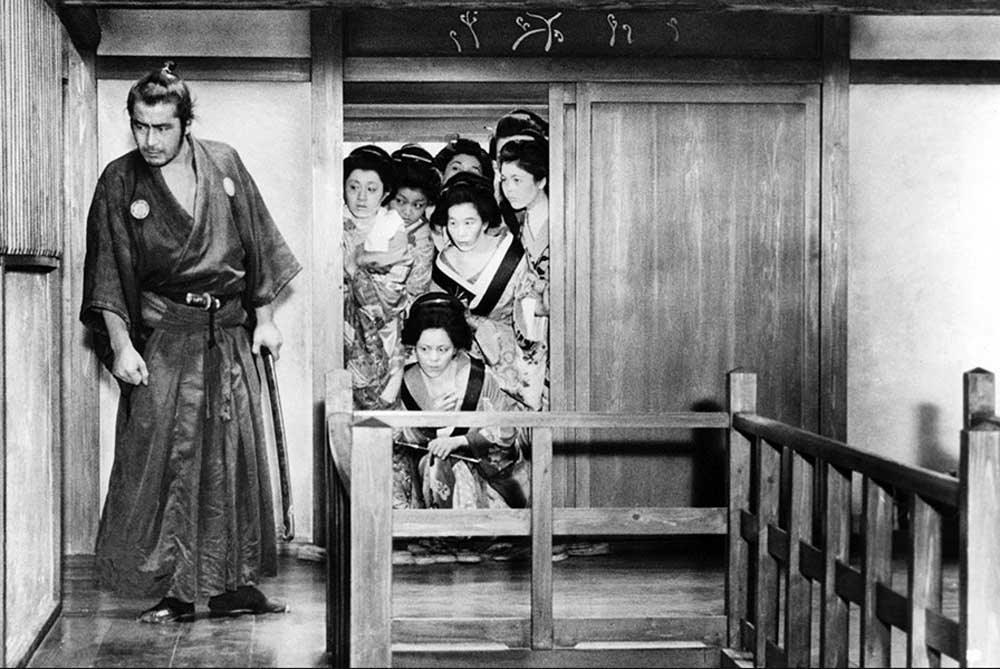
Although filmmaking styles have been altered for scaled-down
financial resources and changing audience tastes, there's so much to
recommend in Japan's current generation of filmmakers. Suo
Masayuki's delightful Shall We Dance? (1996) was the
highest-grossing foreign-language film ever to play in US movie
theatres at the time.
The anarchic, dark, violent and often funny ruminations by Takeshi
'Beat' Kitano – a tremendously successful and popular comedian,
actor, game-show host, raconteur and moviemaker – have won
international acclaim, particularly the alternately tender and
cataclysmic Hana-Bi (Fireworks), and Zatoichi, which won the Silver
Lion award at Venice in 2003, as well as Outrage, which competed for
the 2010 Palme d'Or in Cannes.
Japan's economic downturn of the 1990s produced even greater
box-office revenues. Much of this is due to foreign films such as
Titanic, but domestic product was also on the rise.
Elsewhere there was scrutiny and criticism from the Japanese and
international media with another film, Unmei no Toki (Pride), a
big-budget, nationalistic biopic from director Ito Shunya that
sympathetically portrayed Japan's wartime prime minister, General
Tojo Hideki. A storm of controversy erupted around the region upon
the film's release. Asians were incensed that the man generally
considered to be the prime instigator of Japanese Asian aggression –
and the person responsible for what has become known as the Rape of
Nanjing – was depicted in the film to be battling for Asian
interests against Western imperialism. Pride was made for a huge (by
Japanese standards) US$11 million and starred the highly respected
actor Tsugawa Masahiko as Tojo.
Japanese films about World War II have always veered wildly between
the powerfully pacifistic (Ichikawa Kon's harsh Fires on the Plain
and the stunningly emotional The Burmese Harp, also directed by
Ichikawa) and Jingoistic flag-waving. Often, war films try to have
it both ways, especially in recent war movies in which popular teen
idols, male and female, are cast in primary roles and then killed
off tragically.
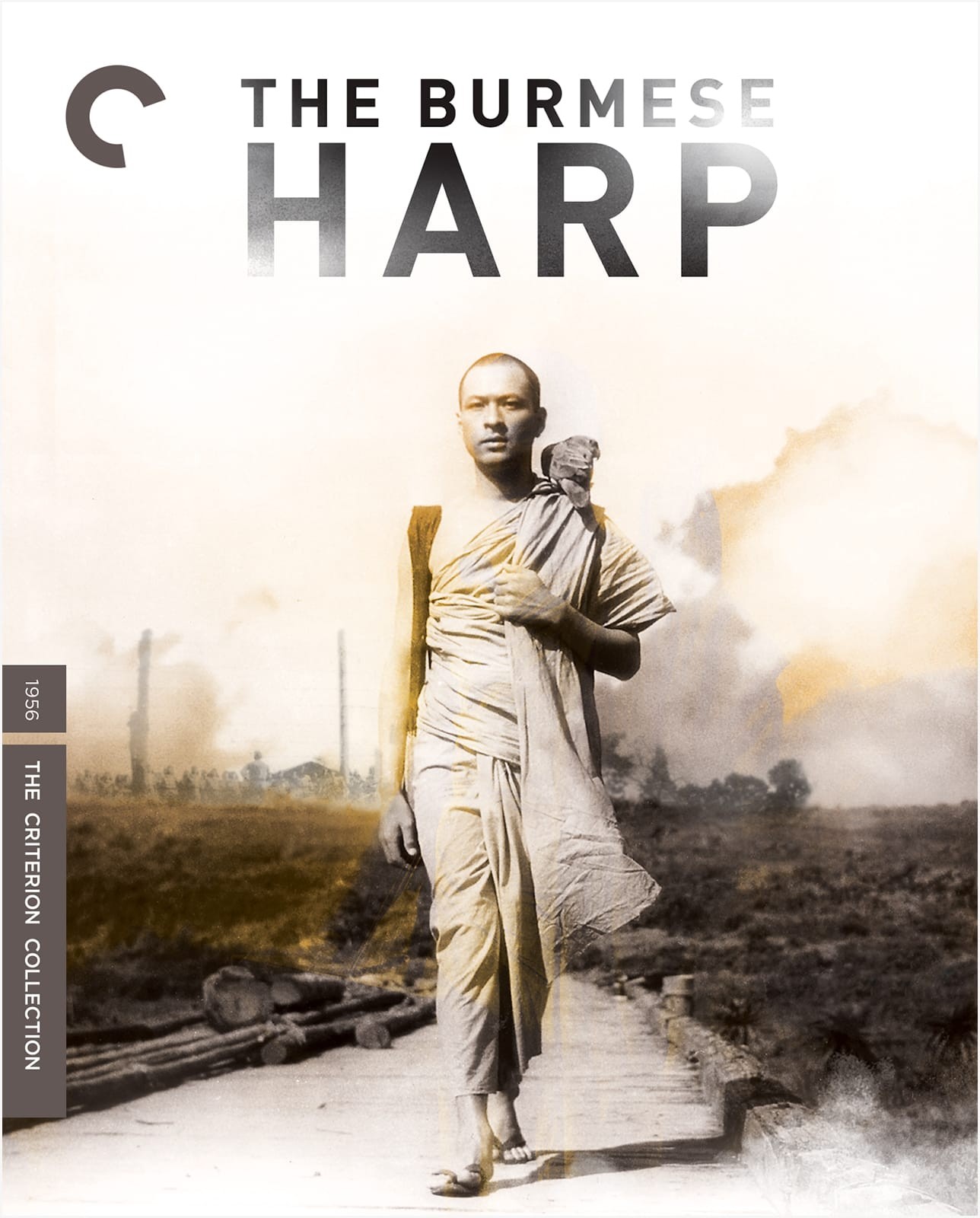
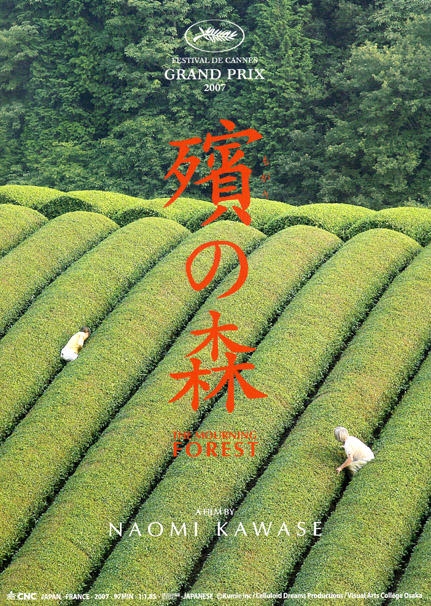
The claim that the Japanese enjoy nothing more than seeing
themselves through the eyes of the outside world is corroborated by
a glut of well-received Hollywood-made movies with Japanese
locations and subjects. Hollywood had been fascinated with Japan as
a setting for its dramas even before the 1958 John Wayne hit The
Barbarian and the Geisha, or the 007 thriller You Only Live Twice,
but the years around the turn of the millennium witnessed a Japan
boom that seems unstoppable.
Memorable films include Ridley Scott's Black Rain (1989), filmed in
Osaka, where a thriving criminal underworld provided theme and
visual substance, and Paul Schrader's Mishima (1985), which looked
at the troubled but intriguing life of literary giant and right-wing
imperialist Yukio Mishima.
Quentin Tarentino's 2003 Kill Bill Volume 1 and its sequel Kill Bill
Volume 2 were homages to the Japanese yakuza film; Tom Cruise's
portrayal of a transplanted Americal Civil War veteran in The Last
Samurai was a smash hit in Japan; Sophia Coppola's Oscar-winning
comedy Lost in Translation, which nevertheless received some
criticism for its dated view of the Japanese, was filmed almost
entirely in a Tokyo hotel and picked up an Oscar in 2003. The 2005
film version of Arthur Golden's novel Memoirs of a Geisha became a
hit in Japan, where it was released under the title of its main
character, Sayuri. Clint Eastwood's look at warfare from the
American and Japanese perspective in Flags of Our Fathers and
Letters from Iwo Jima (2006) are more sophisticated examples of how
Japan continues to inspire Hollywood.
The silver lining for Japan's silver screen after the erosion of the
studio system has been more freedom for independent directors.
Although many independent production companies have become
mainstream now, their works are among the best being made today.
Early film successes were Ichikawa Jun's Tokyo Lullaby and Iwai
Shunji's 1996 Swallowtail, a story about mindless materialism in a
fictional urban setting called Yen City. Addressing other
shortcomings of contemporary existence are a number of thoughtful
films by Kiyoshi Kurosawa, including the future-set Barren Illusion,
the 2000 film Charisma and the later Tokyo Sonata, which addresses
the dilemmas faced by an unemployed salaryman. His Journey to the
Shore, a story about love and death, won the Un Certain Regard Award
for Best Director at the 2015 Cannes Film Festival.
Another serious take on society's shortcomings is Koreeda Hirokazu's
drama about children switched at birth, Like Father, Like Son, which
won the Jury Prize in Cannes in 2013. Kawase Naomi's Mourning Forest
won the prestigious Grand Prix at Cannes in 2007, her second
nomination for the award. Still the Water and Our Little Sister both
competed for the Palme d'Or at the Cannes Film Festival in 2014 and
2015 respectively.
Other films with serious themes and excellent casts are Bad Company
(2001), the sombre I Just Didn't Do It (2006), All Around Us (2008)
and Yamada Yoji's About Her Brother (2010). Yojiro Takita's
life-affirming Departures, which took the prize for best foreign
film at the Oscars in 2009, is set in a funeral parlour in Yamagata
Prefecture. Narushima Izuru's award-winning Rebirth (2011), Ishii
Yuya's The Great Passage (2013) about a dictionary editor, and
Yamazaki Takashi's war drama The Eternal Zero (2013), depicting
Kamikaze pilots, are some of the best films produced in recent
years. Japanese directors are not renowned overseas for their
comedies, but there are some exemplary films, like Uchida Kenji's A
Stranger of Mine (2005), Naito Takasugu's The Dark Harbour (2009),
and Yoshida Daihachi's The Kirishima Thing (2012). Writer-director
Ogigami Naoko's 2010 feature Toilet, a light but delightful comedy
about values and bonding in an insecure world, was made entirely
English.
